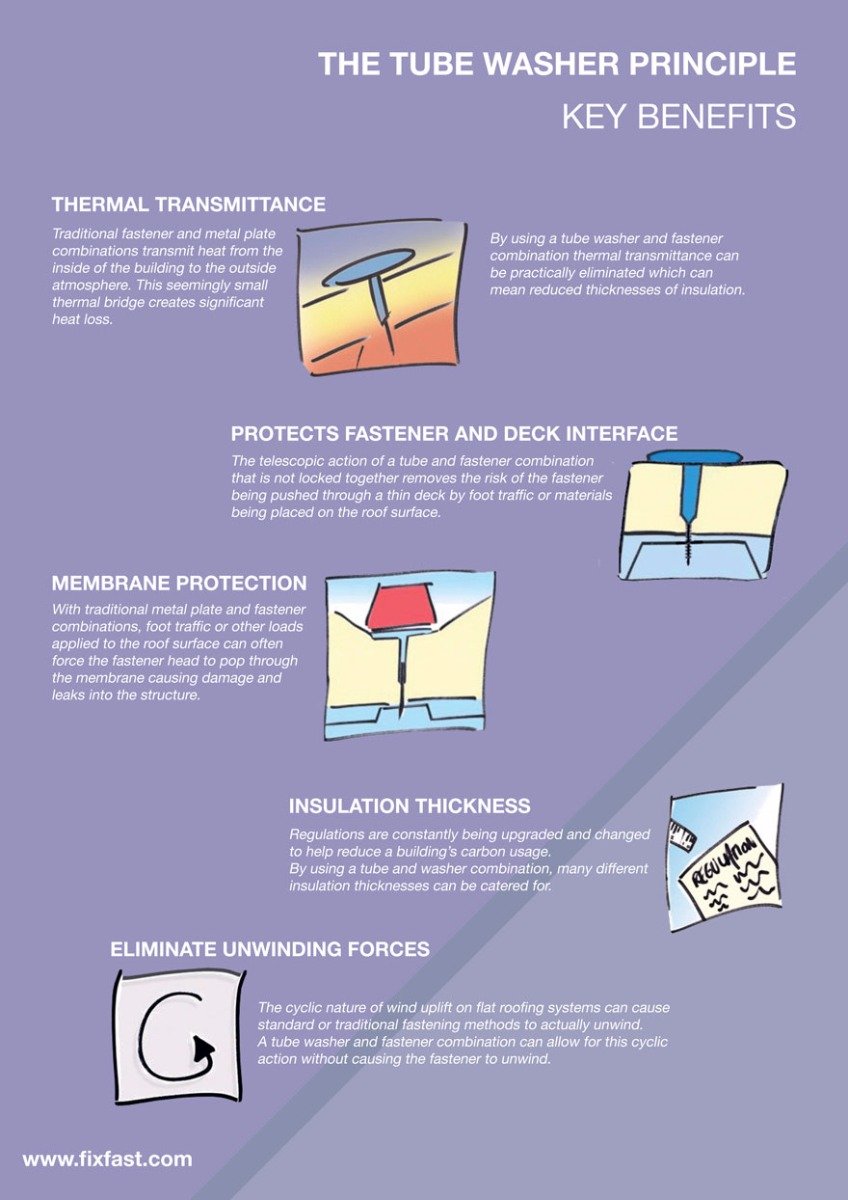When you're taking on a roof covering task, you might not think much about roof air flow, however it's more vital than you realize. Effective ventilation helps regulate temperature and wetness in your attic room, protecting against issues like mold and mildew and architectural damage. By comprehending just how to design and mount a well balanced ventilation system, you can enhance energy performance and extend the life-span of your roofing materials. So, what are the essential aspects to consider throughout installation that can make all the distinction?
Relevance of Roofing Air Flow
Roof ventilation plays a vital role in maintaining the overall health of your home. By enabling fresh air to circulate through your attic, it assists regulate temperature level and moisture degrees. This equilibrium is vital to avoid warmth accumulation during hot months, which can cause increased power costs as your cooling burns the midnight oil.
Additionally, appropriate ventilation considerably reduces the threat of moisture-related issues like mold and mildew and mold. If moisture levels rise, your home's architectural integrity can be jeopardized, bring about costly repair work. You wouldn't want to take care of decaying wood or distorted roof covering products, right?
In addition, sufficient ventilation expands the life expectancy of your roof. When heat and moisture are kept in check, your roof covering can perform ideally, preventing premature deterioration. This suggests fewer frustrations and expenses down the line.
How Roof Covering Ventilation Functions
Reliable roof covering air flow relies on the natural movement of air to develop an equilibrium in between consumption and exhaust. When you set up vents, you're essentially allowing fresh air to enter your attic room while allowing warm, stagnant air to get away. This procedure helps regulate temperature level and wetness degrees, stopping issues like mold development and roof covering damage.
Intake vents, usually discovered at the eaves, pull in great air from outside. Meanwhile, exhaust vents, situated near the ridge of the roofing, let hot air increase and exit. The difference in temperature level develops a natural air movement, referred to as the pile result. As cozy air rises, it creates a vacuum cleaner that pulls in cooler air from the lower vents.
To maximize informative post , you require to ensure that the consumption and exhaust vents are effectively sized and positioned. If the intake is limited, you will not achieve the preferred air flow.
Likewise, inadequate exhaust can trap warmth and wetness, leading to prospective damages.
Secret Installment Considerations
When mounting roof covering ventilation, several essential factors to consider can make or break your system's efficiency. First, you require to analyze your roof's design. The pitch, form, and products all affect airflow and ventilation option. See to it to choose vents that suit your roofing kind and local climate conditions.
Next, take into consideration the positioning of your vents. Preferably, https://roofing-shingles-prices51617.blogoscience.com/39465414/the-need-of-regular-roofing-inspections-to-avoid-significant-fixing-prices 'll desire a balanced system with consumption and exhaust vents placed for optimum airflow. Place intake vents low on the roof and exhaust vents near the optimal to motivate a natural circulation of air. This arrangement aids stop dampness buildup and advertises power performance.
Do not forget about insulation. Appropriate insulation in your attic stops warmth from escaping and keeps your home comfy. Ensure that insulation does not block your vents, as this can hinder air movement.
Last but not least, consider maintenance. Select ventilation systems that are very easy to gain access to for cleansing and inspection. https://electrek.co/2021/01/09/tesla-biggest-solar-roof-install-44kw-system/ ensures your system continues to operate successfully in time.
Conclusion
To conclude, roofing system ventilation is essential for a successful setup. By making sure proper air flow, you can prevent warm buildup and dampness problems that result in expensive damages. When you tactically position intake and exhaust vents, you improve power performance and extend the life-span of your roofing. Remember, a well-ventilated roof not only safeguards your financial investment yet additionally improves your interior air top quality. So, prioritize air flow to make certain a durable and cost-effective roof for your home.
